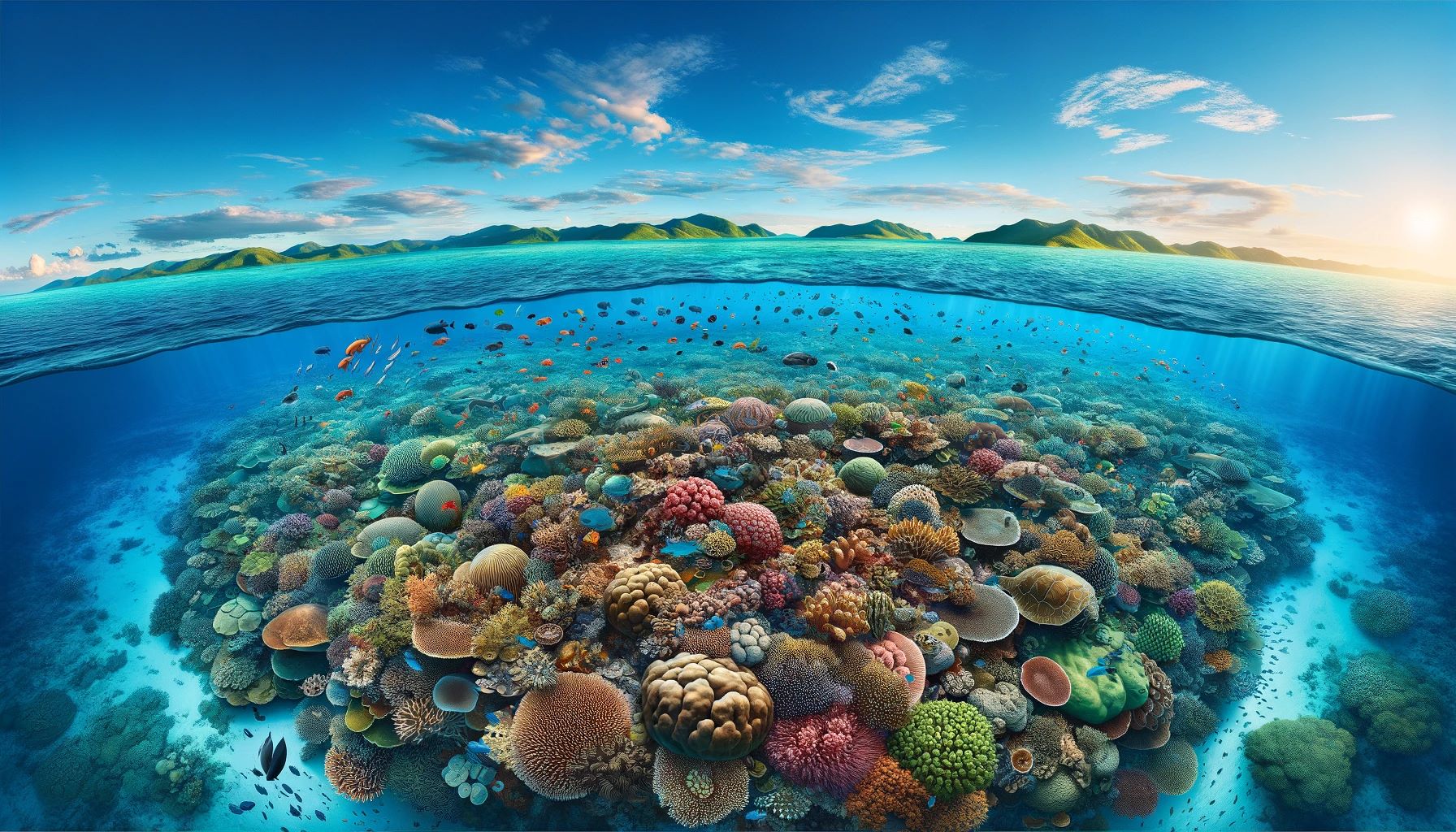Physical Address
304 North Cardinal St.
Dorchester Center, MA 02124
Physical Address
304 North Cardinal St.
Dorchester Center, MA 02124

The Great Barrier Reef, a natural wonder that needs no introduction, is a beacon of biodiversity and a testament to nature’s grandeur. Located off the coast of Queensland in northeastern Australia, this awe-inspiring marine ecosystem stretches over 2,300 kilometres and covers an area of approximately 344,400 square kilometres. It is the world’s largest coral reef system composed of over 2,900 individual reefs and 900 islands.
The Great Barrier Reef is not just a massive structure; it’s teeming with life. It houses more than 1,500 species of fish, six species of sea turtles, and over 130 types of sharks and rays. Additionally, it provides shelter to around 600 different types of soft and hard corals. This staggering diversity makes the reef one of the most complex natural ecosystems on Earth.
Aside from its marine inhabitants, the reef also supports an array of bird species. Over 200 varieties of birds have been seen nesting or feeding on the islands within the reef system. These range from seabirds like terns and gulls to wading birds such as herons and egrets.
The Great Barrier Reef offers breathtaking underwater scenes that are unparalleled anywhere else in the world. The vibrant colours and intricate formations created by corals provide a stunning backdrop for divers and snorkellers. From shallow water gardens teeming with colourful fishes to deep-sea trenches inhabited by elusive creatures, every part of this expansive ecosystem presents a unique spectacle.
For thousands of years before European settlement, Indigenous Australian groups have had cultural connections with the Great Barrier Reef region. For these communities, the reef holds spiritual significance and is a source of food and resources. Many traditional stories, rituals, and customs revolve around the reef’s various elements.
Despite its grandeur and resilience, the Great Barrier Reef faces numerous threats. Climate change is the most significant threat, causing ocean temperatures to rise and leading to coral bleaching events. These occur when corals expel the algae living in their tissues due to stress from warmer waters. Without these algae, corals lose their vibrant colours and can eventually die if conditions don’t improve.
Other threats include water pollution from agricultural runoff and coastal development, overfishing, invasive species like crown-of-thorns starfish that prey on corals, and damage from cyclones.
In response to these challenges, various conservation efforts are underway to protect this natural wonder. The Great Barrier Reef Marine Park Authority manages the use of the region to minimise human impact on its delicate ecosystems. Measures include regulating fishing activities, managing tourism responsibly, improving water quality through better land practices, and researching innovative ways to enhance coral resilience.
The Australian government has also committed substantial funding towards projects aimed at preserving the reef’s health and vitality for future generations.
The Great Barrier Reef remains one of Earth’s most extraordinary natural wonders despite facing significant challenges. Its sheer size, vibrant biodiversity, cultural significance make it an invaluable treasure worth protecting. As we continue exploring its depths and learning more about its intricate workings, we are reminded of our responsibility not just as admirers but as custodians of this magnificent marine marvel.